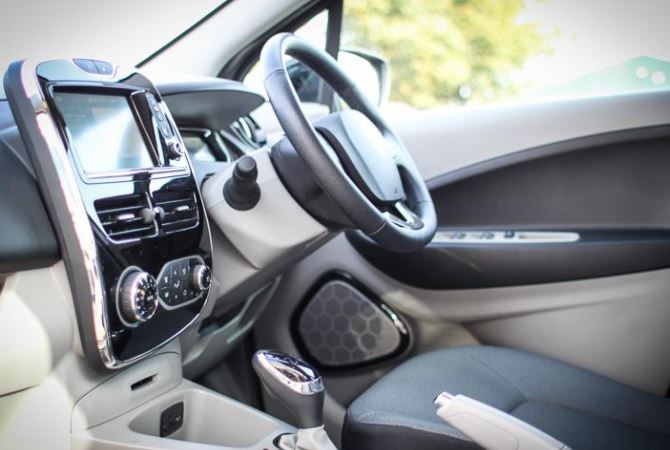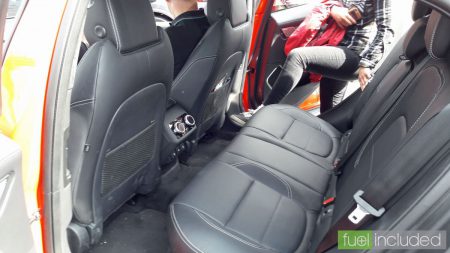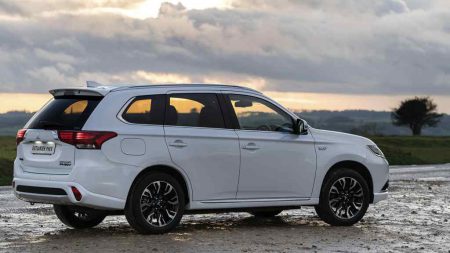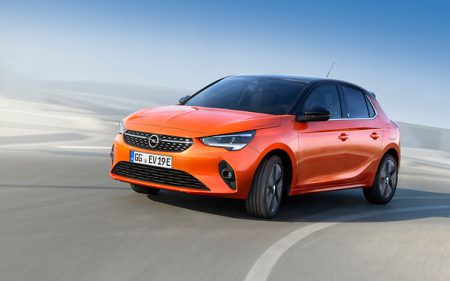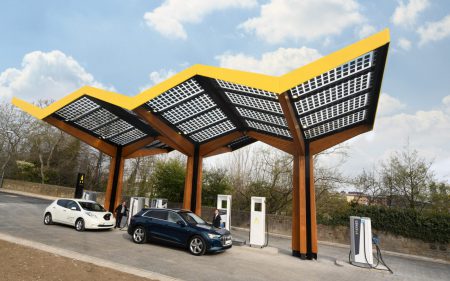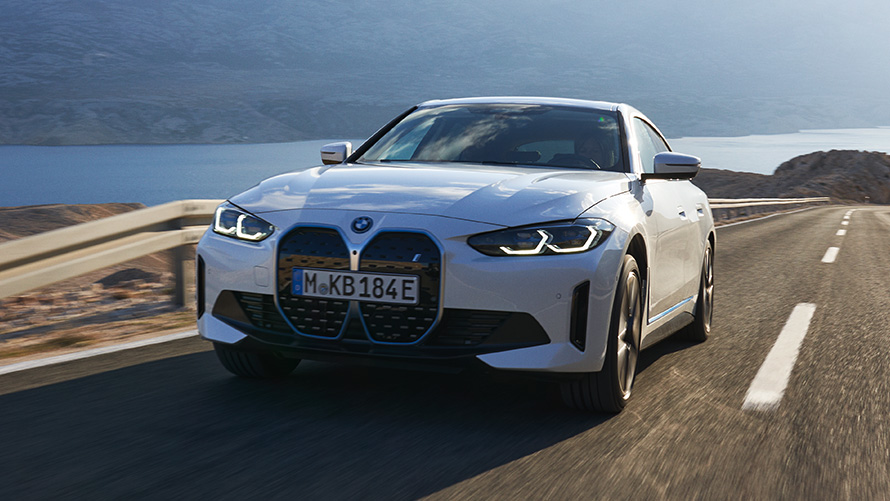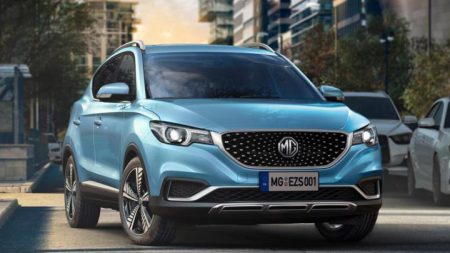Preconditioning is one of the lesser-known but brilliant features of electric cars. Whether it’s a scorching afternoon in summer or a freezing morning in winter, you can benefit from it.
Put simply, preconditioning allows you to pre-heat or pre-cool the car’s cabin before you start your journey. Not only will you feel more comfortable, you’ll maximise the car’s driving range and prolong the life of its battery.
Let’s call that a win-win-win situation. So, how does it work?
How does preconditioning work?
Preconditioning can be activated via the car’s infotainment system or a connected smartphone app. By scheduling your daily departure times, the car will heat or cool its interior to optimum temperature – you just climb in and go.
Crucially, when the car is plugged in, electricity is drawn from the mains and not the car itself, so this has no impact on driving range. You start your journey with a 100 percent full battery.
Also, because the car’s windows will be free of mist and ice when you enter the cabin, you won’t waste time waiting to clear or defrost them.
Does preconditioning improve EV range?
Preconditioning doesn’t add miles as such, but it will preserve the predicted range available at the start of the journey. Because you won’t need to use the air conditioning on a high setting, you’ll consume less energy.
Read more: MotoringElectric
It’s Time to Go Green!
If you would like to know more about Solar Panels and the PowerBanx range of home battery systems, and get a free instant quote, please complete our online form:

